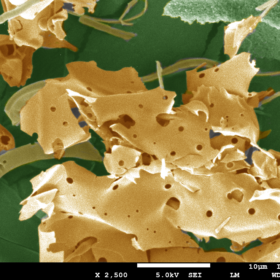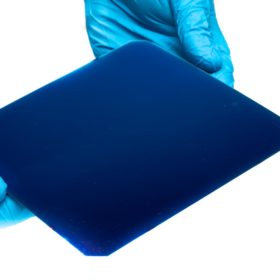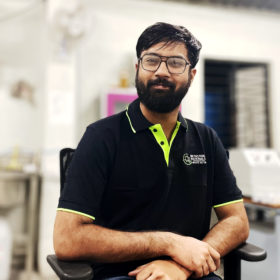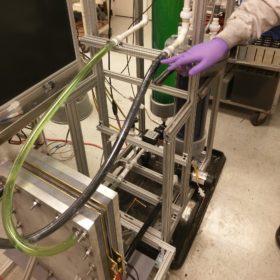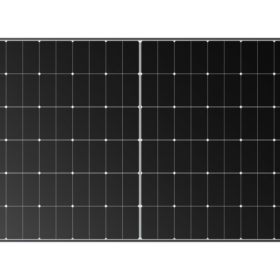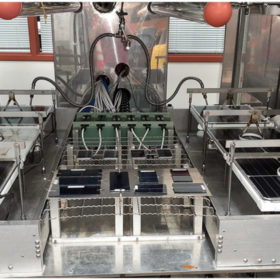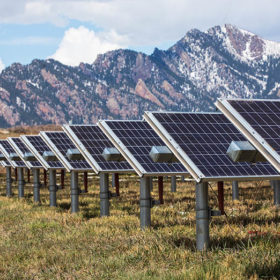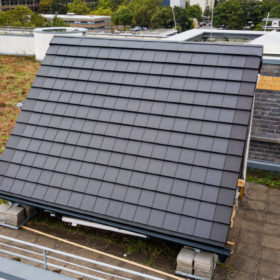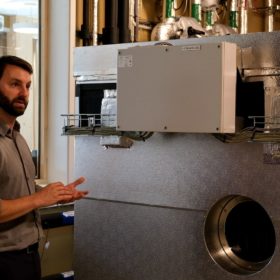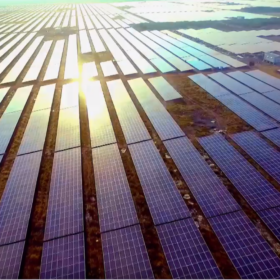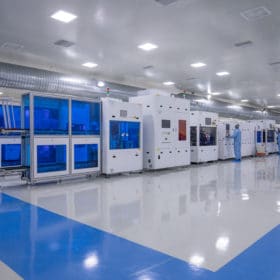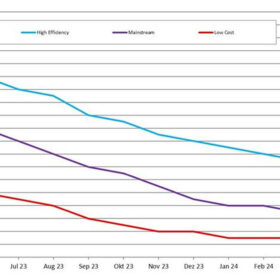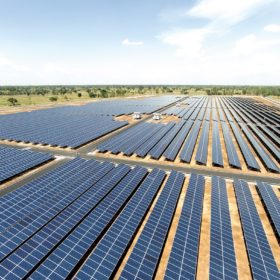New anode material could enable EV battery charging within 10 minutes
Researchers from the Indian Institute of Technology, Gandhinagar, and Japan Advanced Institute of Science and Technology (JAIST) have developed a two-dimensional (2D) anode material for lithium batteries by using nanosheets derived from titanium diboride. They found the new anode material leads to a discharge capacity of 174 mA h/g within 10 minutes at a current rate of 1 A/g.
IBC solar modules may drive TOPCon out of market by 2028, says tech expert
Radovan Kopecek, an expert on interdigitated back-contacted (IBC) tech, says that IBC solar panels could capture more than 50% of the global market by 2030, potentially pushing TOPCon products out of competition. He told pv magazine how this transition might materialize and discussed the tech advancements that could make it possible.
Uninterrupted PV generation without storage
An Israeli scientist has proposed a way to achieve uninterrupted PV power on the moon without using energy storage. The proposal involves the installation of PV panels around a 360-degree latitudinal ring close to one of the moon’s poles. There would be no inter-array shading, and static vertical PV arrays and arrays mounted on single-axis vertical trackers could be viable mounting structures.
Disrupting the ‘Li-ion battery waste to value creation’ market
Bengaluru-based Metastable Materials has developed a 100% chemical-free process for extracting metals out of scrap Li-ion batteries. It has set up an ‘Urban Mining Unit’ on the outskirts of Bengaluru, which is capable of processing up to 1,500 tonnes of dead batteries per annum. This unit will start production early next year. Shubham Vishvakarma, founder and chief of process engineering at Metastable Materials, speaks to pv magazine about the role of urban mining in meeting India’s electric mobility ambitions and the advantages of the process developed by them.
Novel redox flow battery paves way for low-cost storage
US researchers have facilitated the decoupling of power from energy design by incorporating a conducting carbon slurry in the negative electrolyte of an all-iron flow battery. In a new study, they describe the design considerations for slurry iron redox flow battery scalability.
Longi launches all new back contact module, promising 22.8% efficiency
Longi has launched a series of modules featuring an all-new hybrid passivated back contact cell technology, with which it claims a maximum module efficiency of 22.8% in mass production. It will initially offer the modules in 54, 60, 66 and 72 cell formats, targeting rooftop and distributed generation applications.
Putting bifacial modules to the test
US scientists recently put different bifacial solar cells and modules through a series of tests at elevated temperature, humidity, voltage and mechanical stress levels. The tests revealed a range of light-induced and potential-induced degradation mechanisms that modules will likely suffer in the field.
Cooling down solar modules by increasing space between panel rows
A US research team claims to have demonstrated that increasing the spacing of solar panels between rows improves PV system efficiency and economics by allowing airflow to cool down the modules. The method could improve a project’s LCOE by as much as 2.15% in certain climates.
Photovoltaic-thermal solar tiles
Germany’s Paxos is currently testing the solar tile in a testing facility connected to an air heat pump. The panel can provide heat and electricity at the same time, while also improving the heat pump’s coefficient of performance by around 25%.
PCM-based thermal battery to store solar power via heat pump
Norway’s SINTEF has designed a heat storage system based on phase change materials (PCM) that can support PV generation and peak shaving. The battery’s container hosts 3 tons of liquid biowax based on vegetable oil and is now beating performance expectations at a pilot facility.
